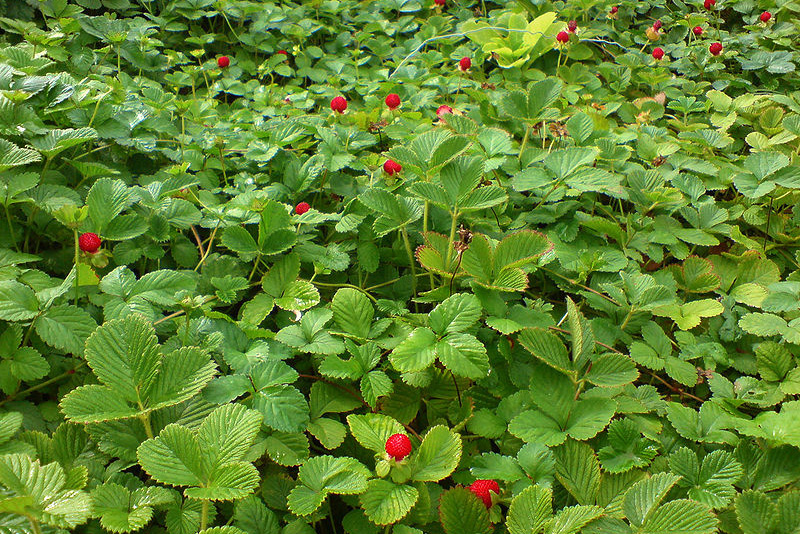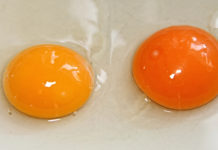Strawberries are synonyms of summer with all their freshness. These sweet fruits are found in lunch boxes, in salads and in various snacks during the sunny months of the summer season. If you love this fruit, you must know how much they can be costly. Fortunately for you, cultivating strawberries is not that difficult. If you give this plant what it needs to grow, you can harvest lots of fruit throughout the season. Here are 7 tips to grow this delicious fruit in your home.
1. Have a good pH

Your plant needs adequate soil to produce juicy fruit. To do this, your pH should be between 5.5 and 7.
2. Don’t abuse or forget about sunlight.

Strawberry plants need 6 to 10 hours per day of direct sunlight. So, before planting your strawberries, it is important to find a sufficiently lit place.
3. Make sure that the area where you plant your strawberries has an adequate drainage.

Strawberry plants must be planted in an area where water can run off the ground. If it becomes too saturated, the plant will not grow well. A good solution is to use a raised bed of plants.
4. Take care of weeds.

Your strawberry plants are very susceptible to weeds. Do not let these invasive plants suck nutrients off the soil to the detriment of your fruit. Make sure you remove all weeds casually.
5. Give enough room to your plant so they can grow.
Make sure to plant your plants at least 20 inches apart and leave 4 feet between rows. You will thus ensure that the roots have enough room to grow.
6. Do not plant your strawberries in the same place every year.

If you want to get bigger and juicier fruit each year, make sure to do a crop rotation. Move your plant and make sure you do not plant it in the same place where you planted strawberries, tomatoes, peppers or aubergines the year before.
Source:
DIY Everywhere


![[Photos] Why WD-40 Is Magic In Your Garden?](https://lifetonik.com/wp-content/uploads/sites/7/2019/08/WD40-Prices-Highres_Page_8_Image_0008-218x150.jpg)





![[Photos] Take A Look Of The Obama’s New Home Before It’s Banned](https://lifetonik.com/wp-content/uploads/sites/7/2019/07/Obama1-218x150.jpg)

![[Slideshow] Celebrity Homes: 21 Of The Most Luxurious](https://lifetonik.com/wp-content/uploads/sites/7/2019/07/Taylor-Swift-218x150.jpg)
![[Slideshow] More Parents Are Now Gluing Pennies to the Bottom of their Kid’s Shoes](https://lifetonik.com/wp-content/uploads/sites/7/2019/07/Keep-Them-Entertained-218x150.jpeg)
![[Photos] 20 Fashion Mistakes That Too Many Women Make!](https://lifetonik.com/wp-content/uploads/sites/7/2019/07/5-style-mistakes-that-make-you-look-frumpy-featured-218x150.jpg)



















![[Gallery] 25 Discounts For Seniors To Which You Are Entitled Without Knowing It](https://lifetonik.com/wp-content/uploads/sites/7/2019/08/EAZxECUXUAAvNZR-218x150.jpg)
![[Slideshow] Here’s the salary of every governor in the United States](https://lifetonik.com/wp-content/uploads/sites/7/2019/08/Charlie-Baker-218x150.jpg)
![[Photos] No One Will Want To Buy This House After Seeing These Pictures](https://lifetonik.com/wp-content/uploads/sites/7/2019/08/terrible-real-estate-photos-2-5c35e727c9f95__700-218x150.jpg)



